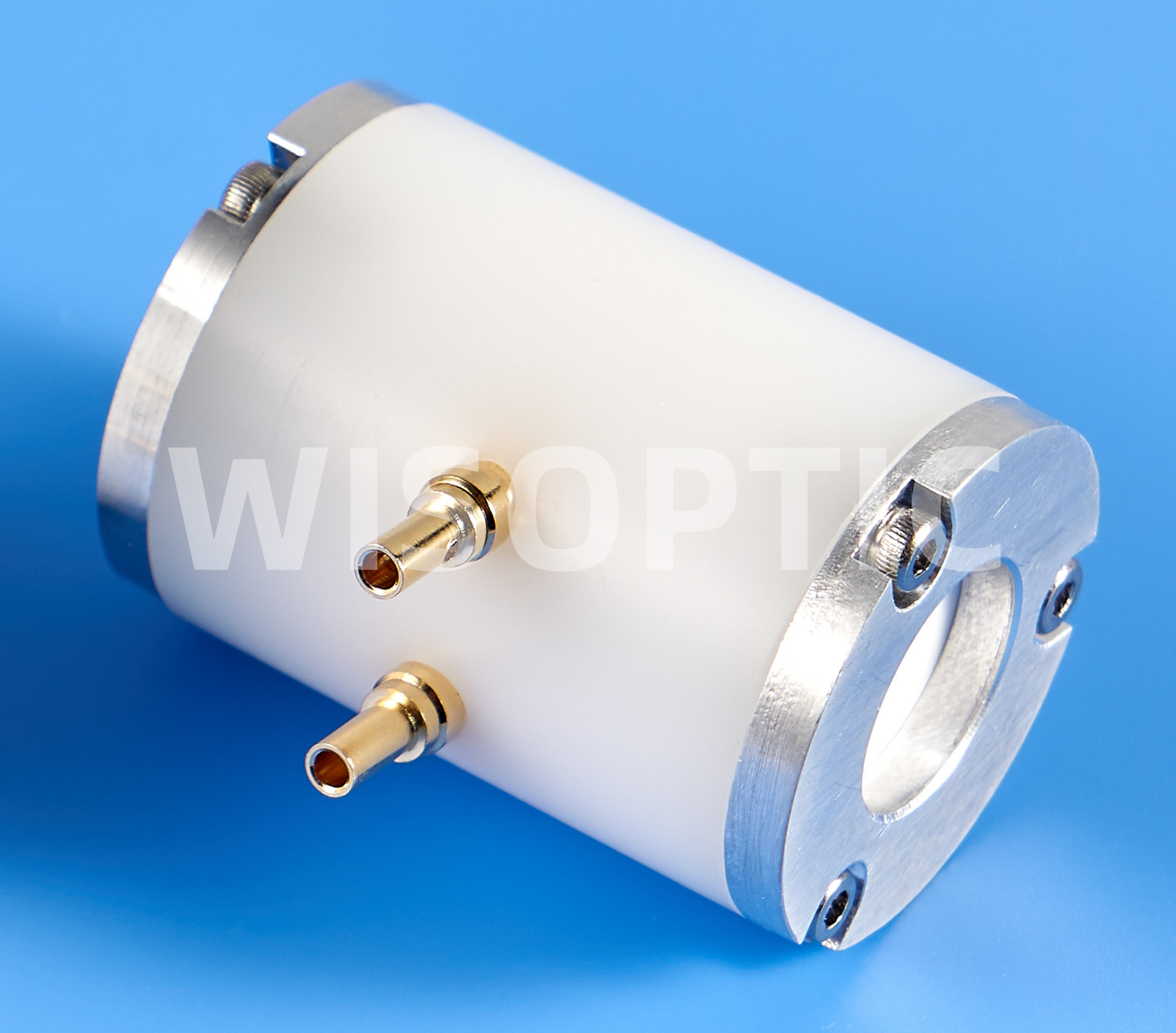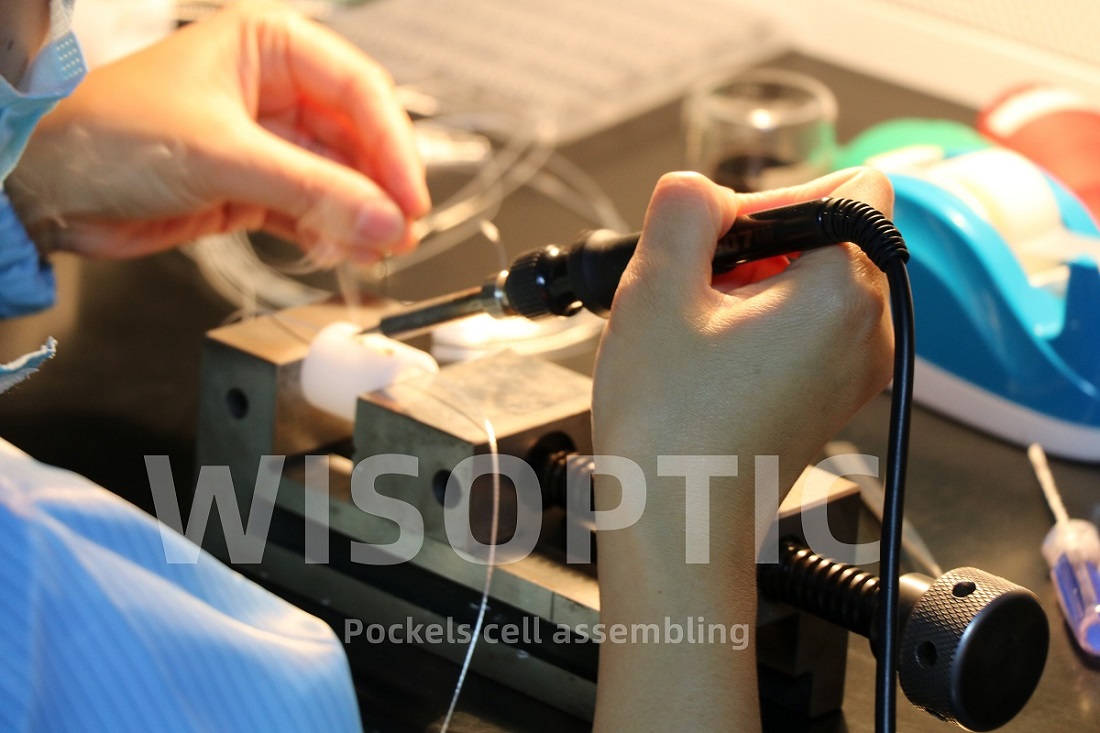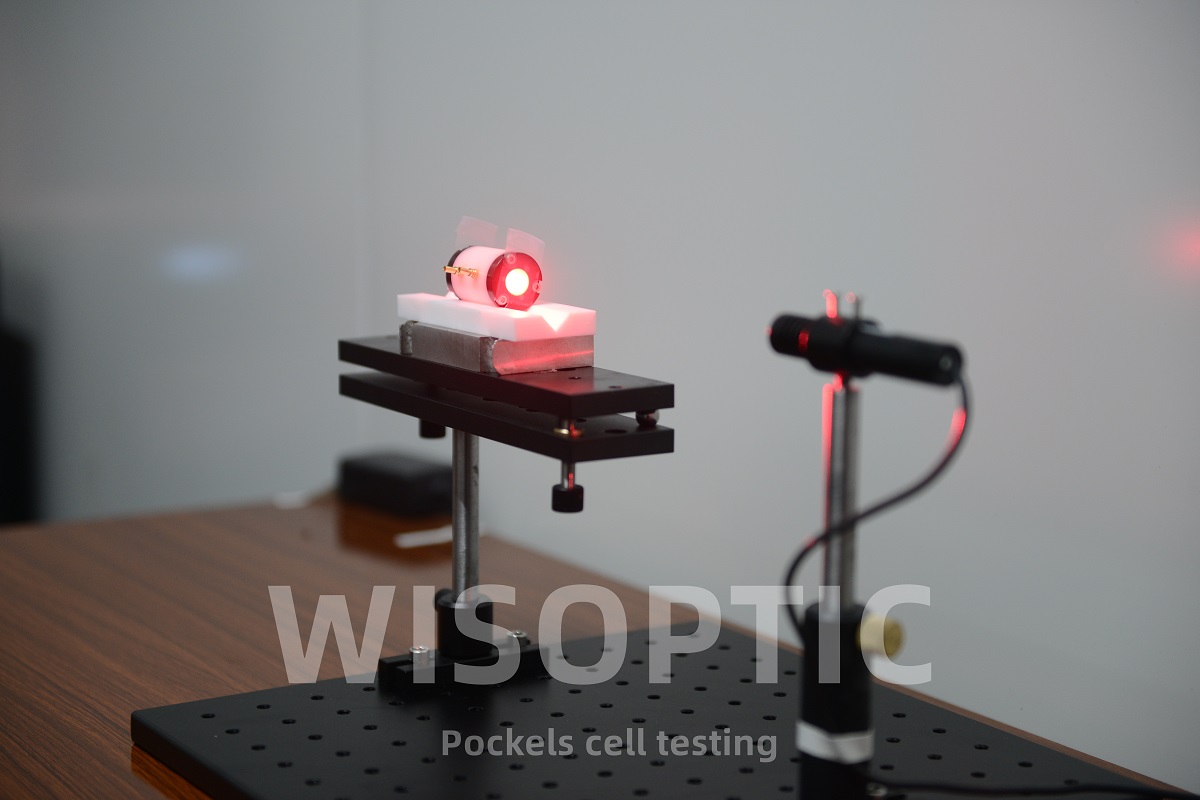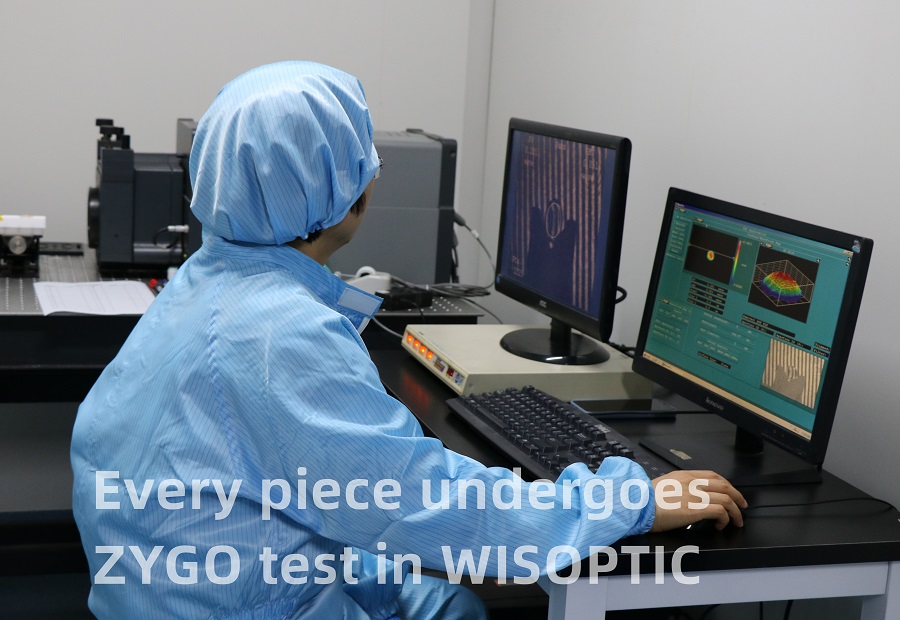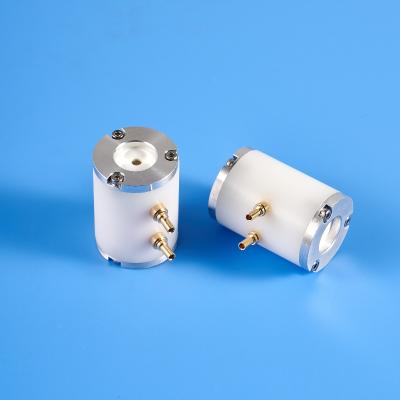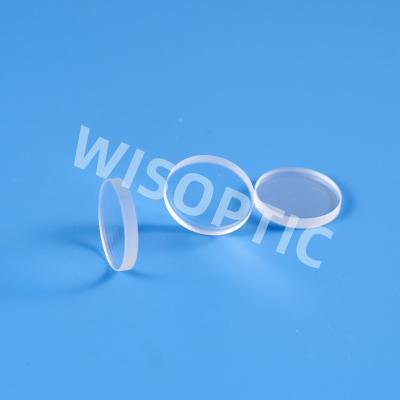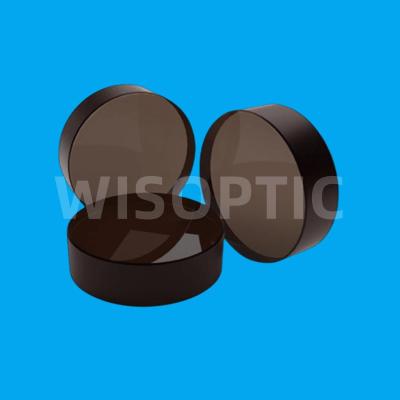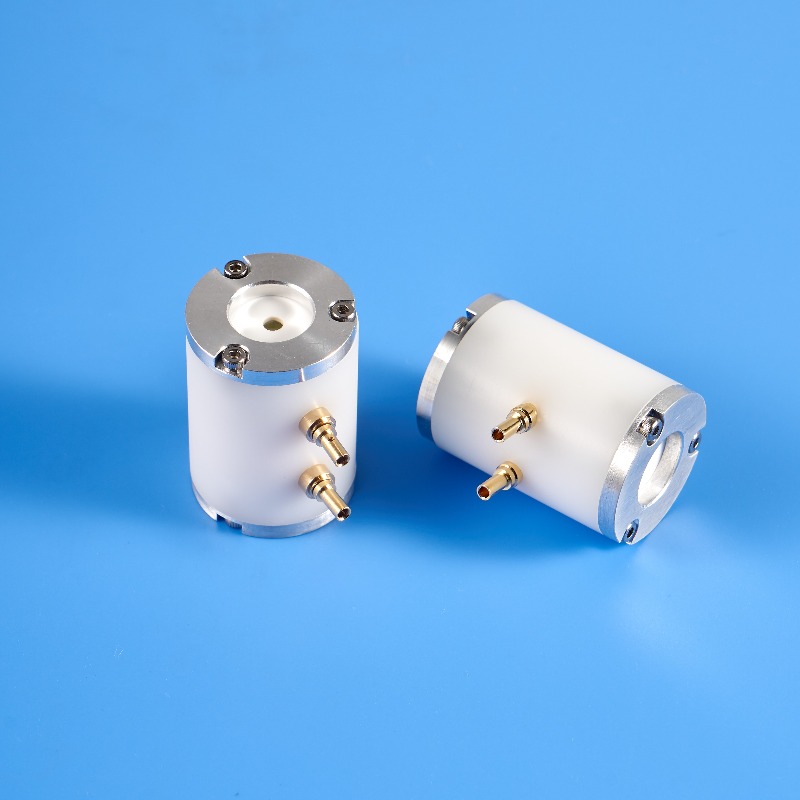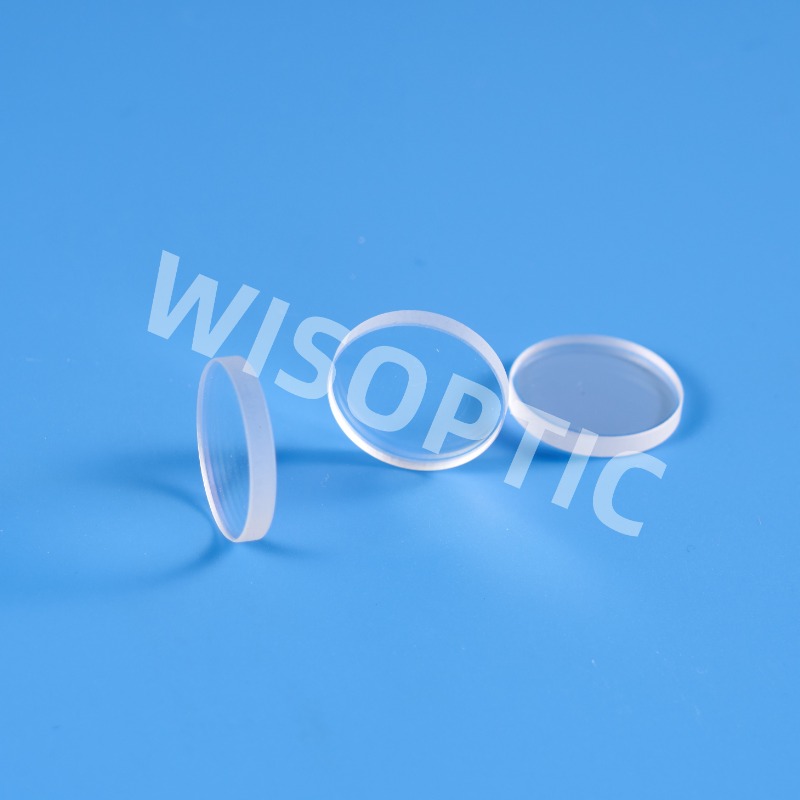BBO Q-switching & Pulse-Picking at High Powers
Hight contrast ratios: >30 dB typically
High Transmission (e.g. at 1064nm): >98.5%
Plenty options of clear aperture: 2~ 8 mm
Low capacitance: 3 pF~ 10 pF
High damage threshold: >1GW/cm2 at 1064nm (t = 10ns)
Long and proven lifetime, 2 years guarantee
20 year experience servicing the most demanding laser applications
KDP, KD*P, KTP, RTP, BBO, and LN are grown by WISOPTIC in-house
Being purchased and trusted by dozens of laser companies worldwide
BBO features good optical transparency from around 200nm to over 2µm, offers a high
resistance to optical damage with power handling >3GW/cm2 for 1ns pulses at 1064nm. It
is possible to use BBO Pockels cells at average power levels of
hundreds of watts and power densities of several kW/cm2. In addition, BBO Q-switches have very
low levels of piezo-electric resonances.
Compared with RTP, the advantage of BBO is that the optical propagation is along the optical axis of the material (Z-direction) so there is no static birefringence and thermal stability is excellent. In RTP the light propagation axis is either along the X or Y axes, both of which exhibit birefringence so some form of birefringence compensation is required. It is more difficult to achieve high contrast in the RTP Pockels cell.
But the electro-optic coefficient of BBO is quite low. So for a given crystal dimension, the half wave voltage of BBO Pockels cell is much higher than any comparable Pockels cell. For example, a 3x3mm cross section by 20mm long BBO crystal has an effective half wave voltage of approximately 7kV at 1064nm which is around 5 times higher than an RTP crystal of similar size. Even though it is a transverse field device so can be made more sensitive by making crystals long and thin, there are practical limits to the lengths of individual crystals which are related to the aperture. It is often the case then that the only practical method of bringing voltages down to acceptable levels (particularly with larger aperture crystals) is to use two crystals in series, thus to apply the available voltage to two crystals and hence to double the effect produced.
WISOPTIC has been granted of dozens of patents for its technology of BBO Pockels cells. WISOPTIC’s mass products of BBO Pockels cell are gaining worldwide customers’ interest and trust for its high cost performance. Power supply and driver for BBO Pockels cell is also available.
Clear Aperture Diameter (mm) | 2.5 | 3.5 | 4.5 | 5.5 | 6.5 | |||||
Crystal Size (mm) | 3x3x20 | 3x3x25 | 4x4x20 | 4x4x25 | 5x5x20 | 5x5x25 | 6x6x20 | 6x6x25 | 7x7x20 | 7x7x25 |
Quarter-wave Voltage (kV) (@1064 nm, DC) | 3.5 | 2.8 | 4.9 | 3.9 | 5.9 | 4.7 | 7.3 | 5.8 | 8.0 | 6.45 |
Capacitance | 3-10 pF | |||||||||
Optical Transmission | > 98.5% | |||||||||
Contrast Ratio | > 1:1000 (30 dB) | |||||||||
Cell size (mm) (Dia x Length) | 25.4x35 | 25.4x40 | 25.4x35 | 25.4x40 | 25.4x35 | 25.4x40 | 25.4x35 | 25.4x40 | 30.0x35 | 30.0x40 |
Damage Threshold | 1 GW/cm2(1064 nm,10 ns,10 Hz) | |||||||||

